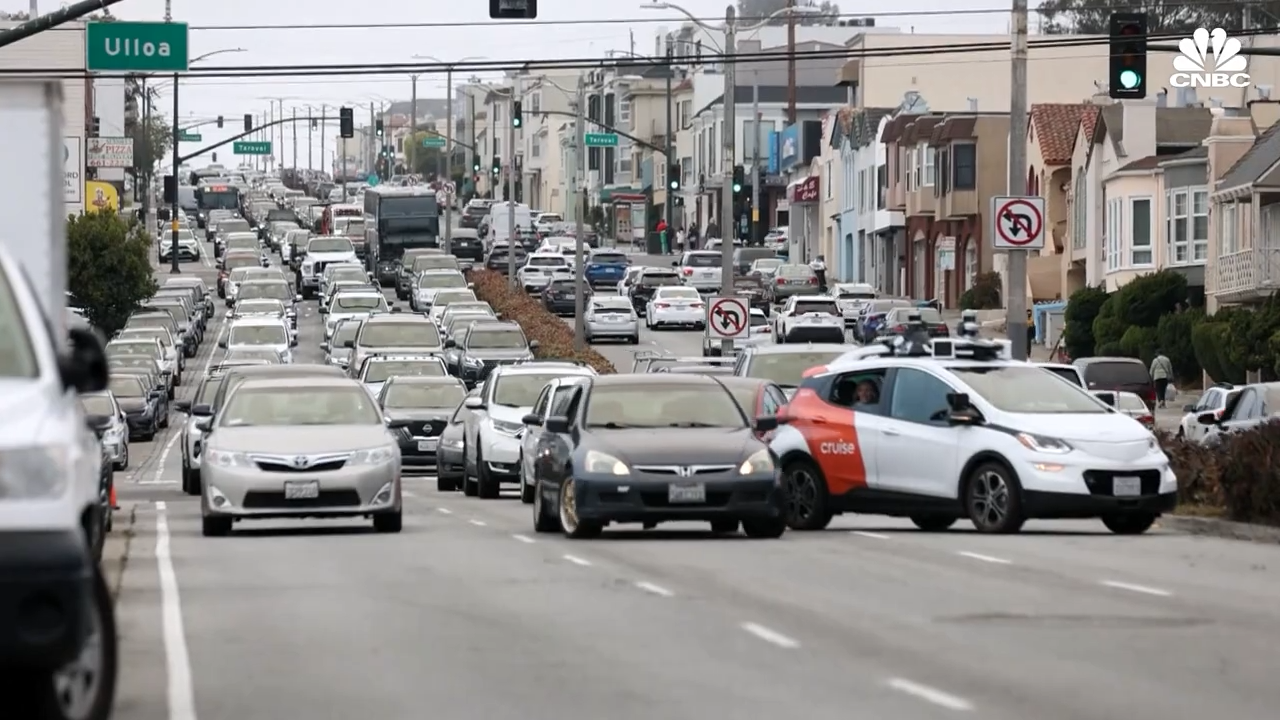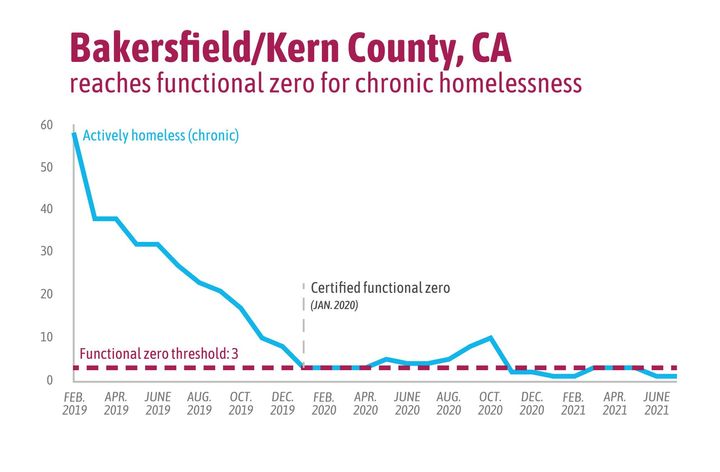“Cruise AVs may not exercise additional care around children”
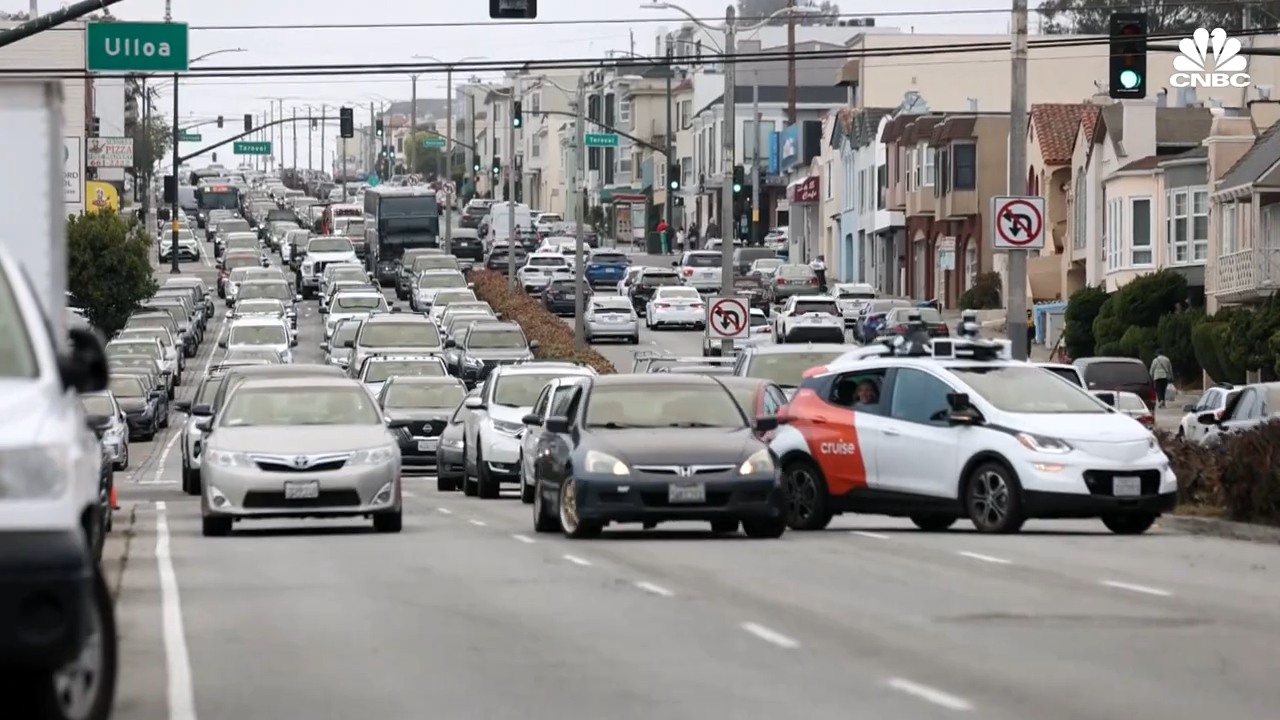
This author was actually overcautious the last time around.

Thankfully most of their permits to operate in the US are currently revoked.

Since our first article though, mainstream media has come around to frighteningly few issues, but they have mentioned general computer vision/object detection challenges, traffic flow qualms, and problems yielding to emergency vehicles.
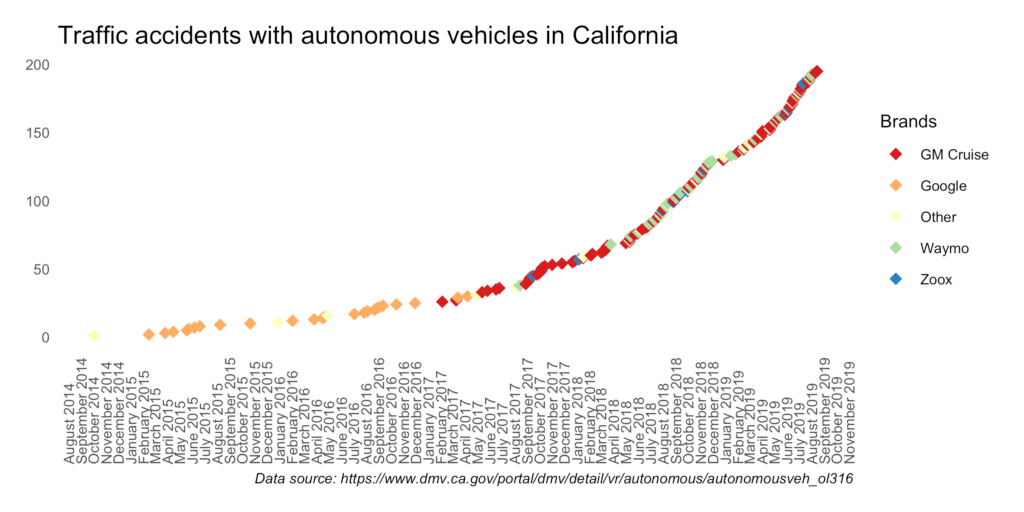
Of course this graph means nothing other than autonomous vehicle use in California has increased, but look! They're hitting plenty of things!
Check out this slimmed edit of a CNBC piece, where a few rides in offerings on public roads are shown, before permits were revoked. Local officials from government and emergency services are also featured.
That's not all; as repeated by multiple outlets today, autonomous vehicle company Cruise, owned by General Motors, ran software that struggled to detect children. According to referenced internal documents The Appeal has been unable to interdependently verify, Cruise made no distinction between children and adults and therefore under certain conditions may not have detected them at all. Via The Intercept:
One of the problems addressed in the internal, previously unreported safety assessment materials is the failure of Cruise’s autonomous vehicles to, under certain conditions, effectively detect children so that they can exercise extra caution. “Cruise AVs may not exercise additional care around children,” reads one internal safety assessment. The company’s robotic cars, it says, still “need the ability to distinguish children from adults so we can display additional caution around children.”
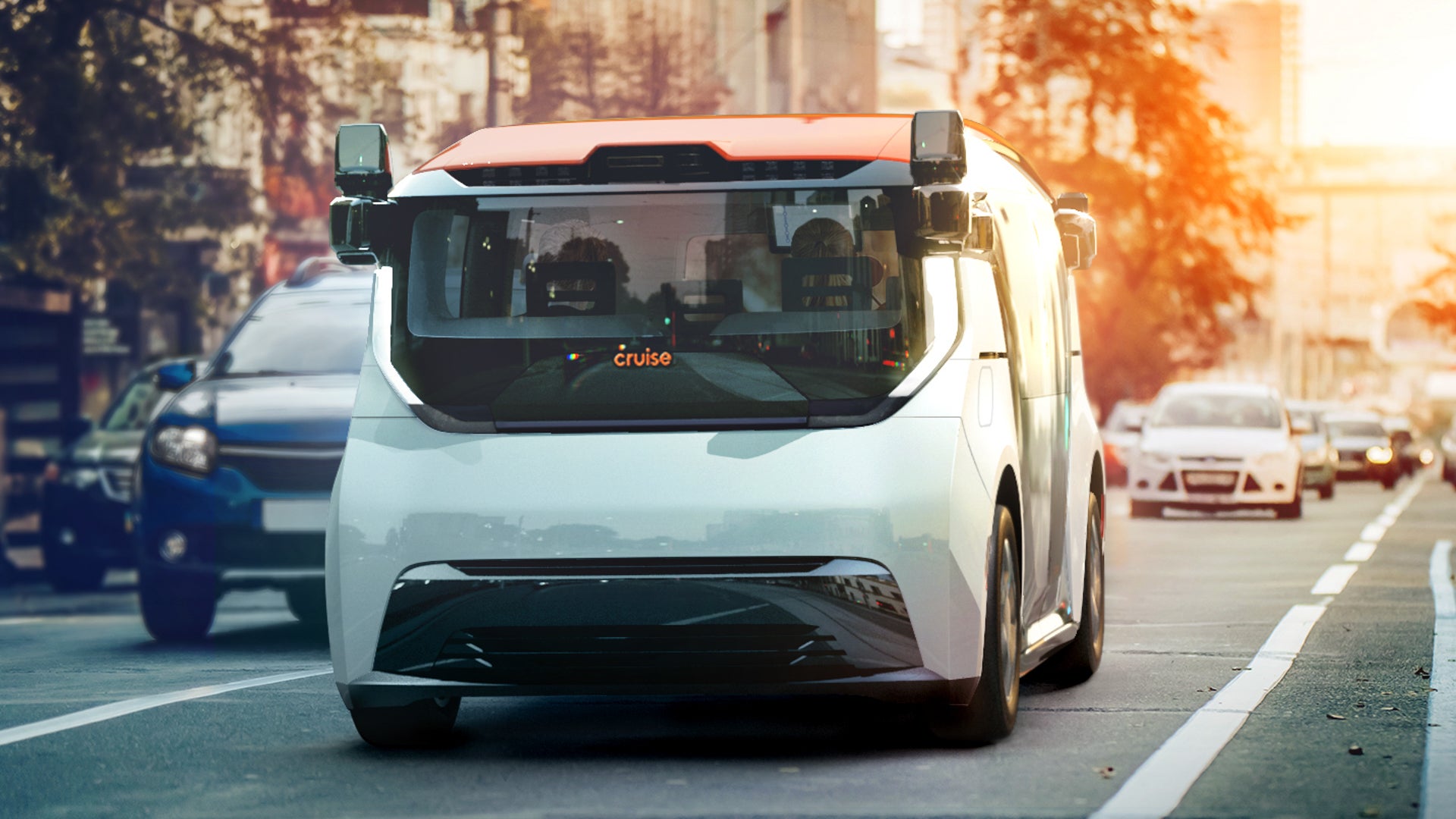
Since the publication of the source video above and multiple other publications by various media outlets autonomous vehicles usage on public roads has ceased across much of the United States.
Procedures for human/robot interactions have existed for a long time
An embedded video showing a Boston Dynamics "Stretch" robot pivoting in place, then detecting a human presence and stopping while unloading a trailer. The video repeats this moment and then shows a slow motion replay and freeze frame.
In this above video, cut from recently released footage of a Boston Dynamics (YouTube) robot called "Stretch," that's designed to handle boxes in a warehouse environment. It shows a Stretch unit dutifully unloading a semi truck full of cardboard boxes. This portion of the video lasts only a hair under nine seconds, but is a lovely example of how unsupervised robotic platforms should handle monitoring a work area, and how they should handle a human straying into that work area.
The robot has clearly visible and accessible emergency stop buttons located on each corner of the base; they're the yellow squares with the red circular buttons in the middle. In the beginning of the video, you can see a number of yellow painted steel structures with metal grilles. These are designed and installed specifically to limit human access to the areas the robot will be operating within.
In the final portion of video a human form wanders into frame, and then into the field of view of the robot. The video is ambiguous, and displays a safety laser scanner prominently in the front of the frame, so we can't know if facility detection equipment or the perception system of the Stretch unit itself triggered, but the effect on the outcome is the same, with the robot's clearly visible indicating lights communicating changing status, and the direction of that change; from a normal green, to a yellow concern condition, and ending red with a safety stop. Boston Dynamics have not replied to request for comment at the time of publication, so the preceding descriptions of the robot's indicating status is simply assumed.
Regardless, the conclusion is clear
There seem to exist two separate realms of human-robot collaboration; those with a clear safety focus and proven track record keeping people safe, and wildcard tech bros who are gambling on making a buck at the expense of our already disgustingly bloody roads. The US typically leads the world in number of road deaths each year. No such thing as a sure thing, but that's pretty close.
Now, a self-driving car, instead of a box robot, meeting a human...
/cloudfront-us-east-2.images.arcpublishing.com/reuters/B3MILO4DGNJF3L6GKB64V5UVAE.jpg)
Corporate pressure to resume testing and figuring out revenue streams will quickly mount, and some municipalities may soon reverse those bans. Furthermore, no matter the slant to the outlet, or the point of the piece, no media touching on autonomous vehicles argues the point that our geographical surroundings, simply the way we have built the constructed environment around us, does not lend itself to autonomous vehicles.
"Users" of autonomous vehicles (AVs) include anyone in the vicinity of an operating AV, and no one has installed any safety rails around these new robots. Random people completely unconnected with the desired operation of the vehicle must be accounted for. They may include amputees or people bound to wheel-chairs, which may not suit the unconscious bias a software developer has when developing a pedestrian detection algorithm. They may include children, or adults with proportions a few standard deviations outside the median. Humanity easily produces edge cases.
The users of an AV then aren't limited by their humanity, they include the wildlife that strays into oncoming traffic, and people pets, both as they're being walked, and during escape attempts.
Self-driving cars could be massively successful if a slight few things were changed about their operations.
- Design and engineering needs to account for the safety of all things around the vehicle
- Standards for detection of personnel should be resolved with the same care given to compliance with the Americans with Disabilities Act (ADA)
- Public education for operating safely around AVs for any user, including riders or responding emergency personnel, must be increased
- Clear outward indicators of operating status must be developed and standardized. How can I make eye contact and be waved across without a driver to look at?
- Care and attention should be given to attempt grade separation between types of traffic
- Large intersections or points-of-interest (POIs) should have defined vehicle traffic and stationing areas
- Way finding and route planning needs to be simplified, centralized, and negotiated
- Restricting autonomous vehicles to a few thoroughfares or routes may make circulation more predictable
- Traffic control and oversight needs to be more pervasive and distributed
- Trips should be overseen by multiple layers of monitoring and security, including human-in-the-loop
- Intersections, movement, and trip planning should be negotiated with other vehicles, infrastructure, and traffic across every step of the route
- Communication and data gathering needs robust standardization
- Adopt and require SAE J2945/1/a & SAE J2735
As usual, don't hold your breath on US regulators making any sort of meaningful contribution.
The last serious coordination between the White House, NHSTA, and the DOT was some useless signaling in the Trump era.
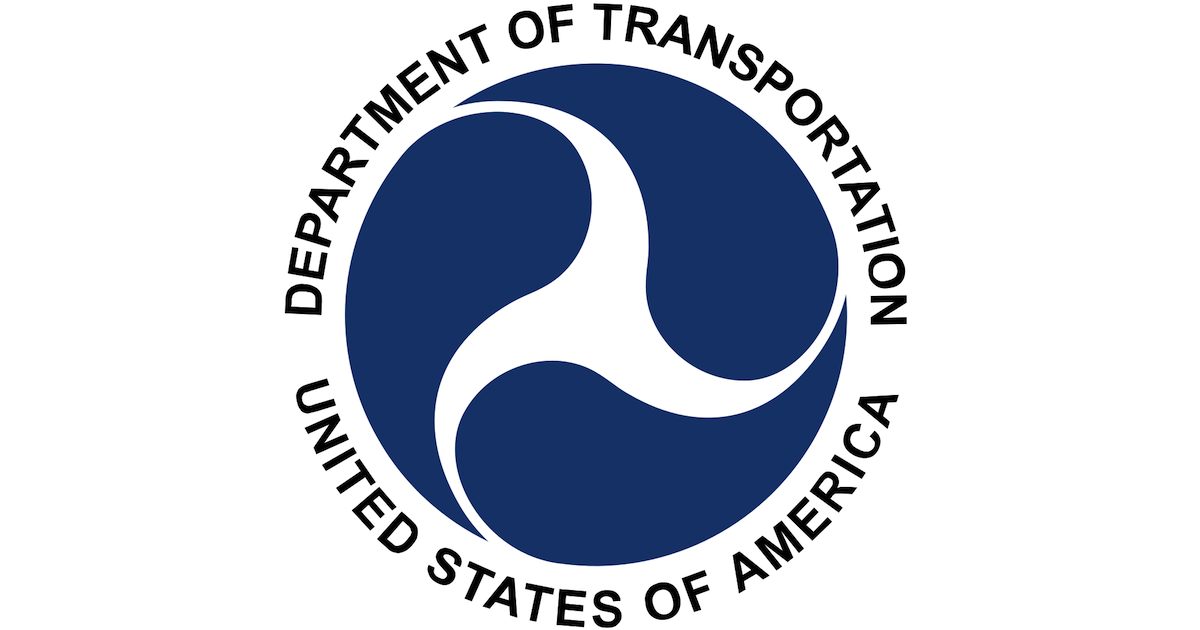
There are plenty of recent release about the Biden-Harris administration's infrastructure package making money available for road-safety efforts, and transit-oriented development, nothing to assuage any fears the US will make no progress on exploiting its roads and peoples any less that is currently is, or always has.
